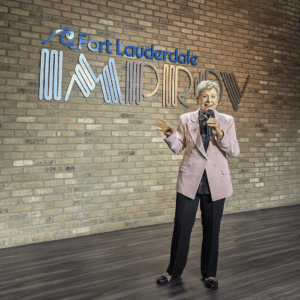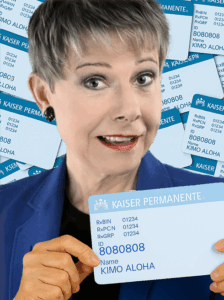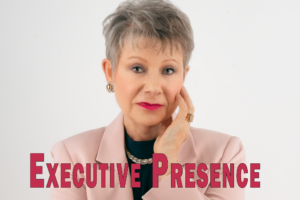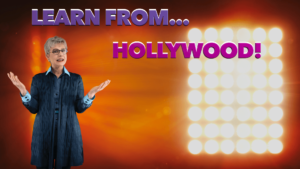Do you want your audience to lean in from your very first sentence?
One technique that works with many presentations is to begin with a surprising statistic or a little-known fact that makes your audience think, “Really? Tell me more.”
Many of my speech coaching clients are leaders, engineers, and technical experts. Buried deep in the body of their presentations are fascinating statistics or insights that could instantly capture attention.
My first suggestion: “Your comments would be more dramatic, memorable, and attention-getting if they were moved to the beginning. Before the ‘Welcome to…’ or ‘I am …’ or ‘Thank you for …’
My second suggestion:
“Add an emotion to your statistics or insights to bring your audience into your presentation from your first remarks.”




 Start with your audience, not your slides.
Start with your audience, not your slides.



